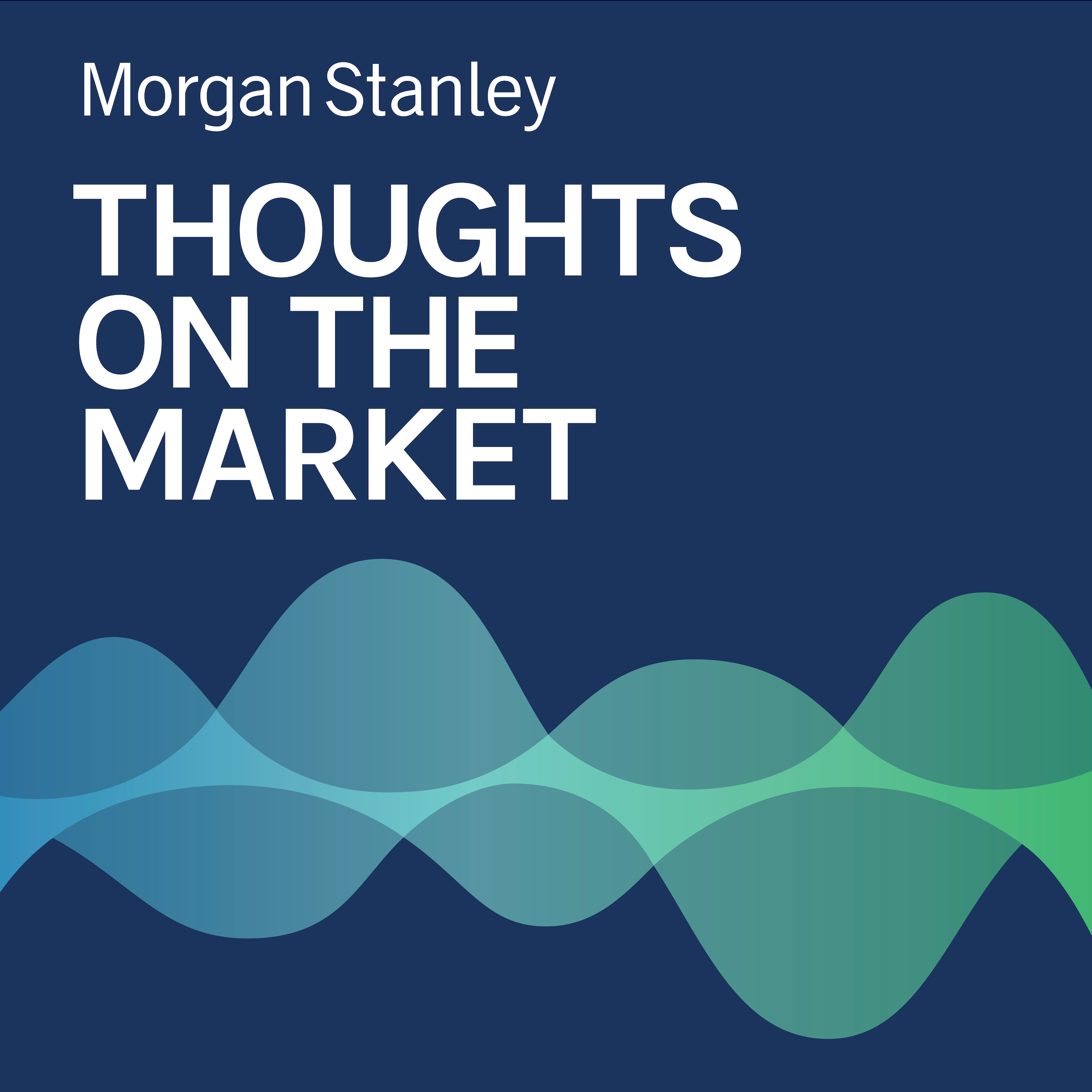Robin Xing: Chinas 20th Party Congress Commits to Growth

At the recent 20th Party Congress in China, policy makers made economic growth a top priority, but what are the roadblocks that may be of concern to global investors?
----- Transcript -----
Welcome to Thoughts on the Market. I'm Robin Xing, Morgan Stanley's Chief China Economist. Along with my colleagues, bringing you a variety of perspectives, today I will discuss the outlook for China after the 20th Party Congress. It's Friday, November 18th, at 8 a.m. in Hong Kong.
China's Communist Party convenes a national Congress every five years to unveil mid to long term policy agenda and reshuffle its leadership. The one concluded two weeks ago marks the 20th Congress since the party's founding in 1921. One of the key takeaways is that economic growth remains the Chinese government's top priority, even as national security and the supply chain self-sufficiency have gained more importance. The top leadership's goal is to grow China to an income level on par with medium developed country by 2035. We think this suggests a per capita GDP target of $20,000, up from $12,000 today, and it would require close to 4% average growth in GDP in the coming decade.
Well, this growth target is achievable, but only with continued policy focus on growth. While China's economy has grown 6.7% a year over the last decade, its potential growth has likely entered a downward trajectory, trending toward 3% at the end of this decade, there is aging of the Chinese population, which is a main structure headwind. That could reduce labor input and the pace of capital accumulation. Meanwhile, productivity growth might also slow as geopolitical tensions increase the trend towards what Morgan Stanley terms slowbalization. The result of which is reduced foreign direct investment, particularly among sectors considered sensitive to national security. In this context, we believe Beijing will remain pragmatic in dealing with geopolitical tensions because of its reliance on key commodities and the fact exports account for a quarter of Chinese employment. So China is very intertwined with global economy and it relies a lot on the access to global market.
Another issue of concern to global investors is China's regulatory reset since 2020 and its impact on the private sector. It seems to have entered a more stable stage. We don't expect major regulatory surprises from here considering that the party Congress didn't identify any new areas with major challenges domestically, except for population aging and the self-sufficiency of supply chain.
As investors adopt a "seeing is believing" mentality towards their long term concerns around China's growth, policy, geopolitics, the more pressing near-term risk remains COVID zero. This is likely the biggest overhang on Chinese economic growth and the news flow around reopening have tended to trigger market volatility. We see rising urgency for an exit from COVID zero in the context of its economic cost, including lower income growth, elevated youth unemployment and even fiscal sustainability risks. We think Beijing will likely aim for a calibrated COVID exit, and the three key signposts are necessary to facilitate a smooth reopening, elderly vaccination, availability of domestic COVID treatment pills and facilities, and continued effort to steer public opinion away from fear of the virus.
Considering it could take 3 to 6 months for the key signposts to play out, we expect a full reopening next spring at the earliest. This underpins our forecast of a modest recovery starting in the second quarter of 2023, led by private consumption. Before a full reopening, we see growth continue to muddle through at the subpar level, sustained mainly by public CapEx.
Thanks for listening. If you enjoy the show, please leave us a review on Apple Podcasts and share Thoughts on the Market with a friend or colleague today.